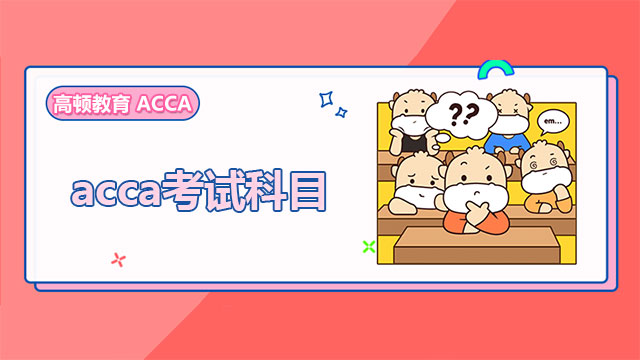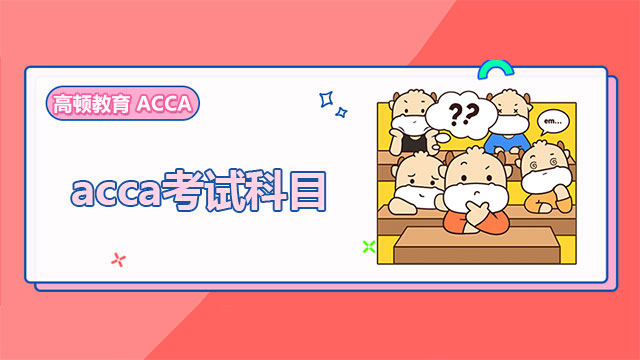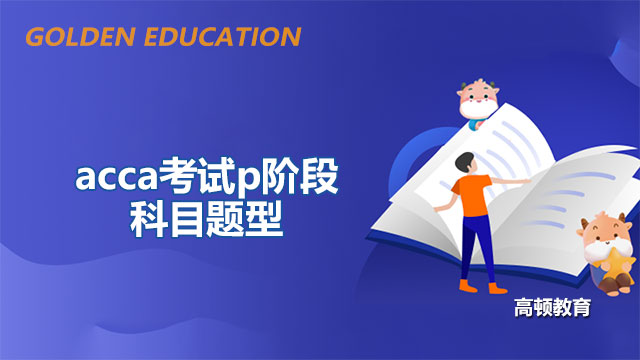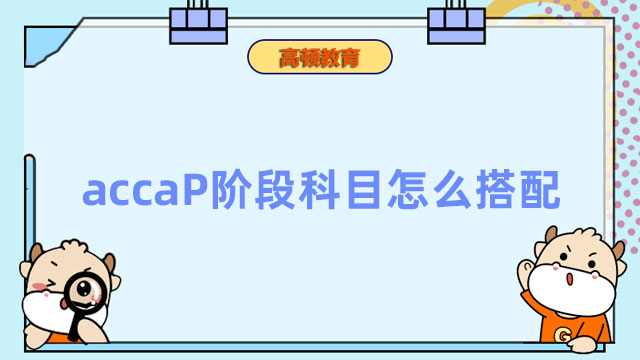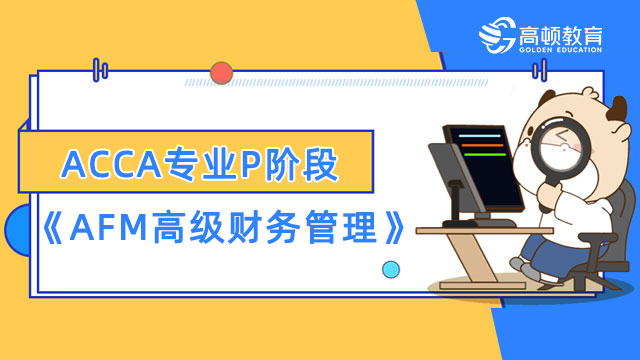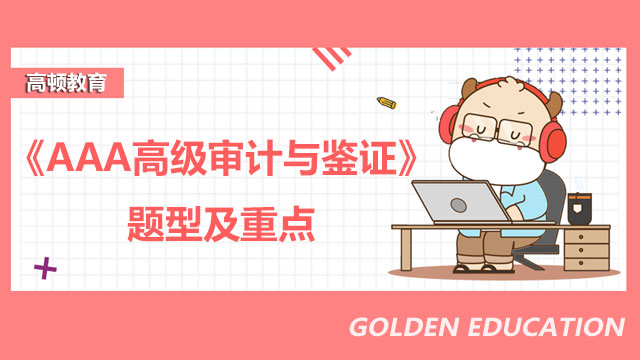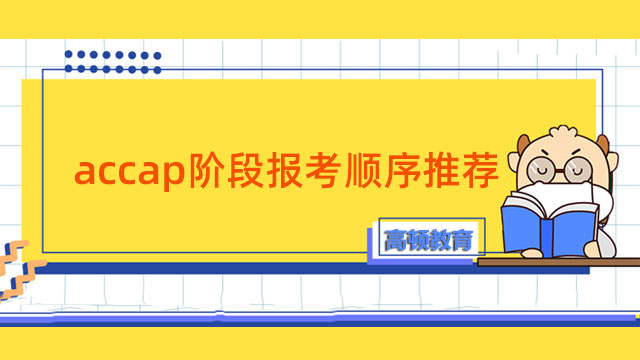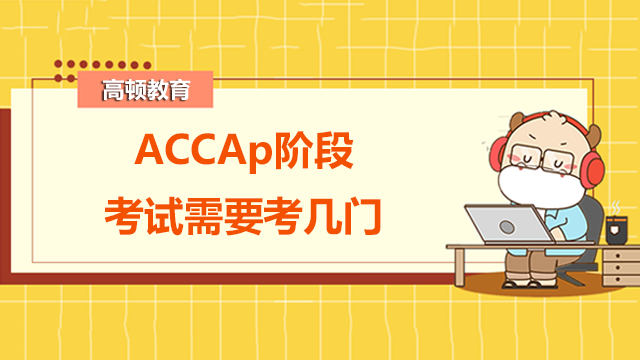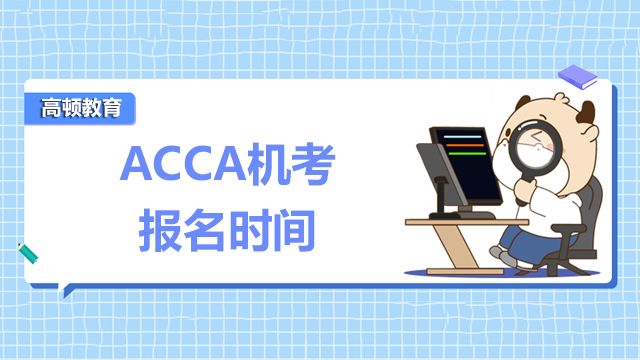2014年ACCA考试(p3商务分析)考前总结16
来源:
高顿网校
2014-07-23
以下是高顿网校小编为学员整理的:p3商务分析,供学员参考。
JOB DESIGN
JOB DESIGN
Job design can be defined as the process of deciding on the contents of a job in terms of its duties and responsibilities, and on the relationships that should exist between the job holder and his/her superior, subordinates and colleagues.
There are a number of approaches:
1. The scientific approach This approach is associated with Frederick Taylor (1856–1915). Taylor believed that many workers went about their jobs inefficiently and without management direction as to the best way to accomplish tasks. He believed that it was management’s duty to investigate tasks and to arrange them in a scientific way that minimised wasted effort and maximised efficiency. The results of his studies in search of efficiency were that:
· Jobs were fragmented into simple tasks
· Manual workers simply had to get on with their simple, repetitive task and leave decision making to managers
· The skill in each job should be minimised
· The arrangement of machines should be such so as to minimise material and people movement.
The approach was soon adopted enthusiastically by Henry Ford whose factories were based on mechanised production lines which determined the speed at which work had to be completed. It enabled the production of standard products at lower cost.
2. Job rotation, job enlargement and job enrichment The scientific approach to management resulted in high productivity and also allowed workers’ wages to increase. However, it was criticised because it often turned employees into automatons, condemning them to mindless tasks and driven by the speed of the production line. Job satisfaction, motivation and pride in their work decreased. Often labour relations and quality were bad and commitment to employers was low.
These problems gave rise to a recognition that job design should also pay attention to the employees’ social and psychological needs. This is the human relations school of management. Employees get bored, so more variety in work could be useful; employees like being challenged; employees like feeling they are contributing something worthwhile. This realisation gave rise to attempts at job redesign where managers aimed to produce ‘better’ jobs. Methods available are:
· Job rotation. This is a horizontal change in the job, meaning that a worker is regularly moved from one simplified, de-skilled job to another. This should reduce worker boredom (at least for a while).
· Job enlargement. Another horizontal change, but each job now consists of several unskilled tasks.
· Job enrichment. This is a vertical change in which some of the tasks previously carried out by managers and supervisors are added to the job. For example, in addition to repetitive construction tasks the employee could now also be required to assess and report on the quality of the item.
Of the three, job enrichment holds the most promise of long-term increases in job-satisfaction. It must be pointed out, however, that managers often do not find it easy to relinquish managerial control to their subordinates, so that frequently the apparent delegation of power is accompanied by increased monitoring of performance. In many organisations job enrichment might therefore be an illusion perpetrated by managers to try to keep employees happy, but without giving them any worthwhile discretion.
3. Japanese management In the 1970s and 1980s Japanese manufacturing companies were world-leading. Companies such as Sony, Mitsubishi, Panasonic, Canon, Nikon, Toyota and Nissan usually beat their western competitors. Because of that success, much attention has been paid to Japanese management approaches. Much of the pioneering work was done in Toyota and resulted in their Toyota Production System. This approach is also known as ‘lean manufacturing’ and it concentrates on eliminating any activity and expenditure that does not add value to the finished product or service.
There are three elements:
· Elimination of waste: First the products and their manufacture have to be properly planned (for example by eliminating unnecessary parts or processes). Second, that planning has to be put into action (for example by scheduling production efficiently). Third, performance has to be monitored to identify where, despite the first two steps, things could still be improved. Just in time manufacturing is an example of an approach aimed at reducing waste.
· Flexibility: In a traditional factory workers service a single production line running from receiving of raw materials to delivering the finished products. A breakdown in any part of the line nearly always resulted in the entire process halting until the problem was overcome. Cellular manufacturing systems separate the production line into cells or modules, each with a group of workers and machines. Each cell is dedicated to a particular component of the manufactured product. Ideally, workers and equipment comprising a particular cell are trained and configured to be able to take over the processes of another cell when necessary. Thus, the breakdown of one cell, due to equipment breakdown or staffing problems, does not radically affect the rest of the production process.
· Quality: Quality of design and quality of conformance are essential if waste is to be eliminated and value added consistently. Japanese companies were the first to embrace the concept of total quality management. This addresses every activity an organisation carries out and encourages a culture of never being satisfied that further improvements are not possible.
高顿网校小编寄语:人生终有许多选择。每一步都要慎重。但是一次选择不能决定一切。不要犹豫,作出选择就不要后悔。只要我们能不屈不挠地奋斗,胜利就在前方。

扫一扫微信,*9时间获取2014年ACCA考试报名时间和考试时间提醒
高顿网校特别提醒:已经报名2014年ACCA考试的考生可按照复习计划有效进行!另外,高顿网校2014年ACCA考试辅导高清课程已经开通,通过针对性地讲解、训练、答疑、模考,对学习过程进行全程跟踪、分析、指导,可以帮助考生全面提升备考效果。
报考指南:2014年ACCA考试备考指南
免费题库:2014年ACCA考试免费题库
考前冲刺:ACCA备考秘籍
高清网课:ACCA考试网络课程
报考指南:2014年ACCA考试备考指南
免费题库:2014年ACCA考试免费题库
考前冲刺:ACCA备考秘籍
高清网课:ACCA考试网络课程
版权声明:本条内容自发布之日起,有效期为一个月。凡本网站注明“来源高顿教育”或“来源高顿网校”或“来源高顿”的所有作品,均为本网站合法拥有版权的作品,未经本网站授权,任何媒体、网站、个人不得转载、链接、转帖或以其他方式使用。
经本网站合法授权的,应在授权范围内使用,且使用时必须注明“来源高顿教育”或“来源高顿网校”或“来源高顿”,并不得对作品中出现的“高顿”字样进行删减、替换等。违反上述声明者,本网站将依法追究其法律责任。
本网站的部分资料转载自互联网,均尽力标明作者和出处。本网站转载的目的在于传递更多信息,并不意味着赞同其观点或证实其描述,本网站不对其真实性负责。
如您认为本网站刊载作品涉及版权等问题,请与本网站联系(邮箱fawu@gaodun.com,电话:021-31587497),本网站核实确认后会尽快予以处理。
点一下领资料
【整理版】ACCA各科目历年真题
真题高频考点,刷题全靠这份资料
下载合集
acca全科学习思维导图
梳理核心考点,一图看懂全部章节
下载合集
2023年acca考纲解析
覆盖科目重难点,备考按照计划走
下载合集
acca备考 热门问题解答
- acca考试怎么搭配科目?
-
建议优先选择相关联的科目进行搭配报考,这样可以提高备考效率,减轻备考压力,1、F1-F4:为随时机考科目,难度较低,这里可以自行随意选择考试顺序。2、F5-F9:如果你的工作的和财务会计或者审计有关、或者你比较擅长财务和审计的话,推荐先考F7和F8。你可以选择一起考ACCA考试科目F7和F8或者先考F7(8)再考F8(7),这就要取决你一次想考几门。3、P阶段:选修科目中,建议企业首选AFM!第二部分科目进行选择,如果AA和SBR掌握学生更好,可以通过选择AAA,如果SBL掌握的好,可以自己选择APM。
- acca一共几门几年考完?
-
acca一共有15门考试科目,其中有必修科目和选修科目,考生需要考完13门科目才能拿下证书。
- acca一年考几次?
-
acca一年有4次考试,分别是3月、6月、9月和12月,分季机考科目是采取的这类四个考季的模式,而随时机考则是没有这方面的时间规定限制,可以随报随考。
- acca的含金量如何?
-
ACCA证书的含金量是比较高的,从就业、能力提升、全球认可等角度来说,都是比较有优势的证书,其含金量主要表现在以下几个方面:1、国际化,认可度高;2、岗位多,就业前景好;3、缺口大,人才激励。
严选名师 全流程服务
其他人还搜了
热门推荐
-
acca专业阶段考试科目有哪些?究竟都考些什么? 2023-04-23
-
accaP阶段科目考完需要多久?速戳了解! 2023-03-28
-
ACCA高级课程是哪几门?和基础课程比难度怎么样? 2023-03-17
-
sbr和sbl哪个难?accaP阶段先考哪个? 2023-03-16
-
accaP阶段报名费是多少?一文介绍全了! 2023-03-14
-
accaP阶段有哪些科目?各科目详细介绍! 2023-03-14
-
accap阶段考试顺序是怎样的?选修科目怎么选? 2023-03-10
-
acca考试科目:《ATX高级税务》重点详解! 2023-03-06
-
acca考试科目:《APM高级业绩管理》重点详解! 2023-03-06
-
acca考试科目:《AFM高级财务管理》重点详解! 2023-03-06
-
accap阶段有效期是多久?需要几年内考完? 2023-03-01
-
accaP阶段选修选哪两门?各科难度对比来了! 2023-02-28
-
2023年acca的sbl怎么学?点击查收备考攻略! 2023-02-24
-
acca考试p阶段科目题型,附各科分值参考! 2023-02-23
-
accap阶段要考几门?重难点是什么? 2023-02-10
-
accap阶段要考几门?重难点是什么? 2023-02-10
-
accaP阶段科目怎么搭配?先考哪门? 2023-02-09
-
ACCA专业P阶段:《AFM高级财务管理》复习攻略 2023-01-30
-
accap阶段选哪两门?考试重难点介绍! 2023-01-17
-
acca考试科目:《AAA高级审计与鉴证》题型及重点! 2023-01-17
-
acca专业阶段考试难度分析,选修科目报考指南来了! 2023-01-12
-
accap阶段报考顺序推荐,先报哪个好? 2022-12-15
-
ACCAp阶段一次最多考几门?成绩有效期是多久? 2022-08-24
-
ACCA的p阶段需要备考多久才够?考试难度怎么样? 2022-08-18
-
ACCAp阶段考试需要考几门?考试时间是哪天? 2022-08-15
-
ACCA考试P阶段考几门?P阶段成绩有效期是多久? 2022-08-12
-
ACCAP阶段科目难度高吗?P阶段是机考吗? 2022-08-10
-
ACCA最后四门难考吗?通过率怎么样? 2022-07-19
-
ACCA英语不好怎么办?怎么提高英语? 2022-07-14
-
ACCA机考报名时间是什么时候?怎么报考? 2022-07-14
 更多服务
更多服务

















